The 6 Most Important Factors to Consider When Choosing the Perfect Alaska Cruise
Signing up for credit cards through partner links earns us a commission. Terms apply to the offers listed on this page. Here’s our full advertising policy: How we make money.
INSIDER SECRET: You’ll want to choose your cruise line carefully. Some cruise lines, like Carnival, cater to families and budget travelers, while others, like Celebrity, are known for offering a more luxury experience.
If you have looked into or taken an Alaskan cruise before, you know how confusing it can be to choose the right cruise itinerary. There are many different ports of call, none of which you have likely heard of before, tons of “scenic cruising” days (what the heck are those anyway?), plus one-way or round-trip options.
It’s overwhelming, to say the least. Alaskan cruises offer some of the largest variety from week to week and ship to ship compared to any other cruising region in the world.
But there are good reasons to have so many options. Once you know what differences to look for, you can find the right itinerary for that perfect Alaskan cruise.
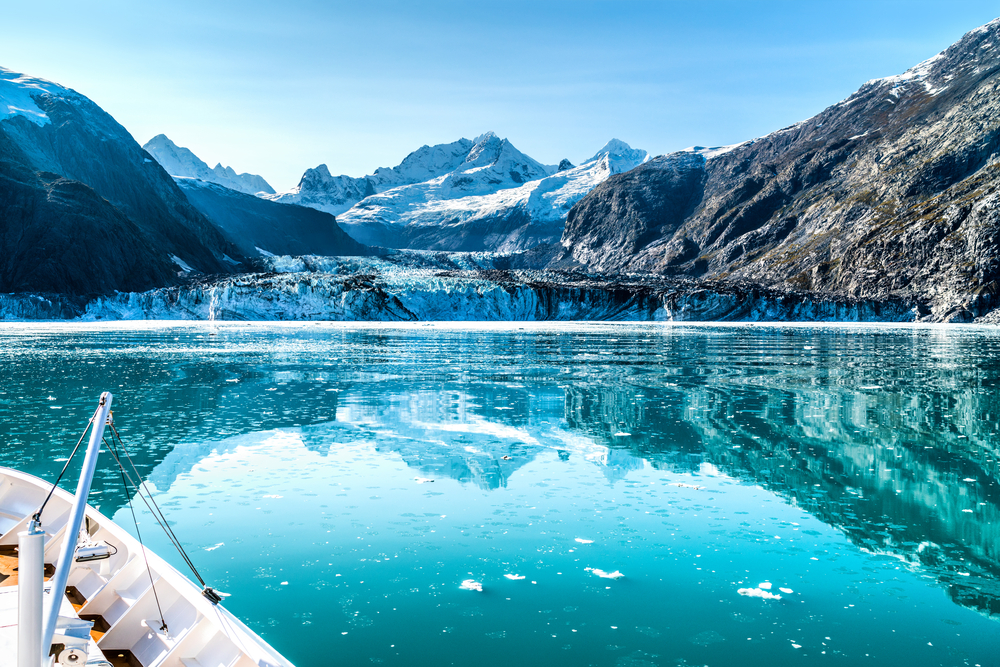
How to Choose the Perfect Alaskan Cruise
Don’t get overwhelmed with all the options. There is a perfect Alaskan cruise itinerary for everyone. I’ll walk you through all of the considerations when booking your cruise to make sure you have the cruise of a lifetime and can enjoy Alaska to its fullest.
When sorting through all the different Alaskan cruise itineraries, here are six decisions to consider:
- Choose a cruise line
- Choose either one-way or round-trip cruise
- Choose a departure port
- Choose your favorite ports of call
- Choose where you want to do scenic cruising
- Choose a time of year to visit
Now, let’s break each of these steps down:
1. Choose a Cruise Line
There is no single answer to this question — but luckily there are many different cruise lines to choose from, and each specializes in a specific type of cruise.
If you already have a favorite cruise line, then I would recommend you stick with them. While Alaska used to be a specialty cruise destination that only a handful of cruise lines offered, now all the major cruise lines have at least a few Alaskan itineraries each year.
Choosing the perfect cruise line is an entire discussion in itself, but I will try to generalize here.
Great for Families:
- Disney Cruises
- Princess Cruises
- Carnival
- Royal Caribbean
Great for Budget Travelers:
- Norwegian Cruise Line
- Royal Caribbean
- Carnival
Great for Food Lovers:
- Holland America
- Oceania Cruises
- Seabourne
- Celebrity
True All-Inclusive/ Luxury:
- Seabourne
- Regent Seven Seas
- Celebrity
There are many other cruise lines than those mentioned here. For folks that are entirely new to cruising in general, I would recommend either Princess Cruises or Holland America for your first Alaska cruise.
Both these cruise lines (sister companies, both owned by Carnival Corporation) have been cruising in Alaska for over 50 years. They offer the most itineraries and have the most ships in the area. They also have the strongest relationships with tour operators and just in general offer the most choice of itineraries and destinations.
Between the two, Princess offers a more family-friendly, modern, and casual ship experience that is great for people traveling with kids, while Holland America is more focused on luxury experiences, fine food, live music and traditional cruise experiences. Both of these companies also offer smaller ships that can navigate where other mega-ships like those from Norwegian, Carnival, Royal Caribbean, Disney, and Celebrity simply can’t go, which can be a huge plus in Alaska.
2. Choose Either a One-Way or Round-Trip Cruise
Alaskan cruises are either one-way or round-trip cruises.
Round-trip cruises tend to leave from either Seattle or Vancouver (Canada). Being round-trip, these cruises have the advantage of simplicity, but the disadvantage of being limited in the distance they can travel since the boat needs to loop back to the same port.
For this reason, round-trip cruises tend to focus on southern Alaska. They rarely go much further north than Juneau, only sometimes venturing up briefly for scenic cruising to Glacier Bay National Park or the Hubbard Glacier.
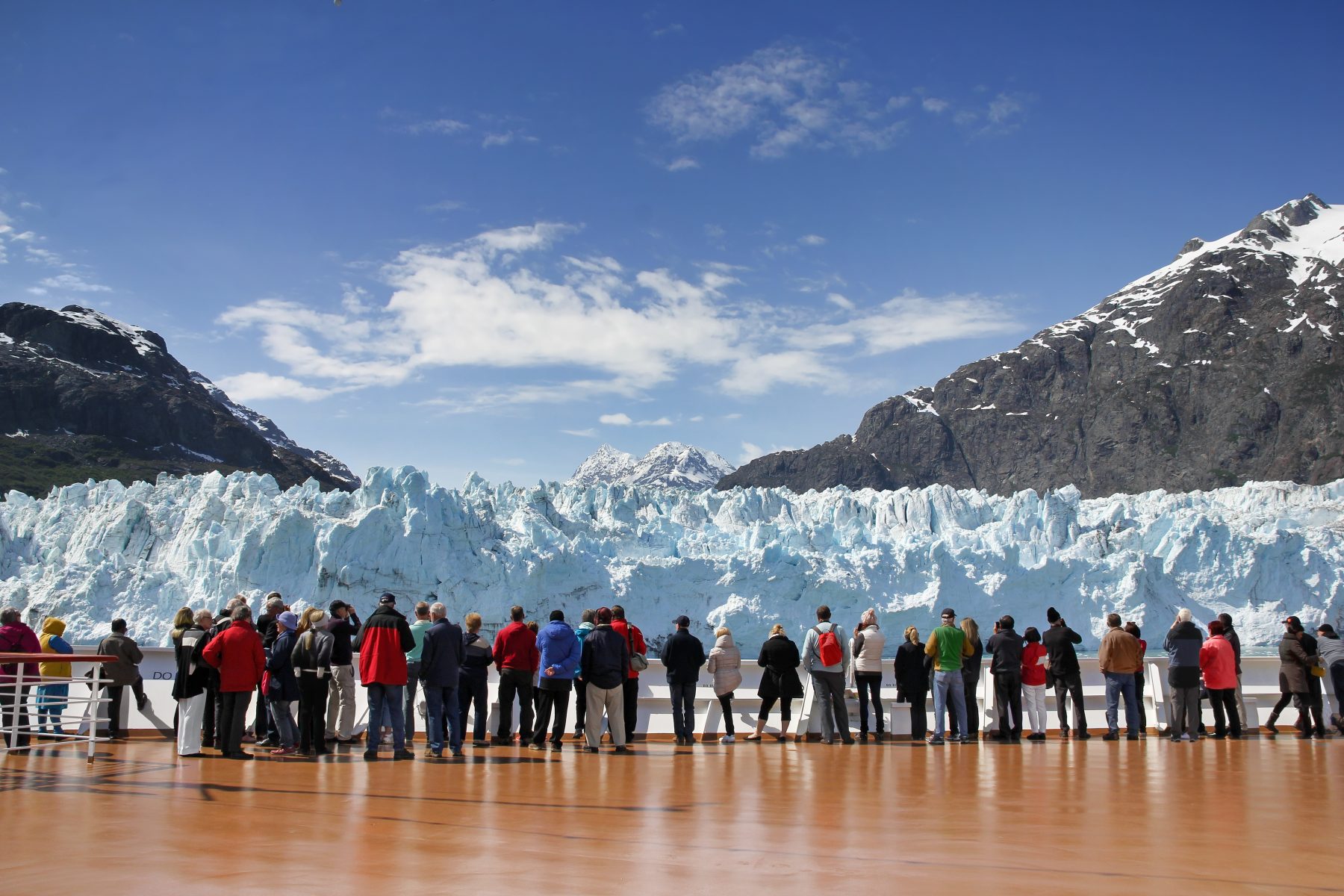
One-way cruises allow you to experience much more of Alaska. They usually travel between Anchorage and either Seattle or Vancouver, spending an entire week traveling down the Alaskan coast and its various inlets. Ships usually alternate between “Northbound” and “Southbound” travels, but the itineraries are mostly the same regardless of direction.
The biggest difference between the two options is the ports you want to visit. Some more northerly ports are only available on one-way cruises. The one-way cruises also offer more opportunities for wildlife spotting and often offer two different days of glacier exploring, compared to only one day offered by round-trip itineraries.
If you have extra time, most cruise lines will also sell 14-day cruises which is a round-trip cruise made up of two back to back one-way cruises on the same ship. This, of course, is the best of both worlds.
3. Choose Departure Port
Alaskan cruises mostly offer three different departure/arrival ports to choose from: Seattle, Vancouver (Canada), and Anchorage. These all have pros and cons.
Seattle
Seattle has become one of the most popular departure ports in recent years because of how easy and affordable it is to reach. There are no Customs (or passports) to worry about for American citizens, and it can often be cheaper for US residents to travel to Seattle than nearby Vancouver.
While Seattle has risen in popularity, it is important to know that there are a few significant disadvantages of leaving from Seattle:
- Good: Convenient for US travelers, no passport or Customs
- Good: Cheap flights to Seattle are common
- Bad: Must sail through the open ocean to reach Alaska, which can cause seasickness for folks sensitive to that
- Bad: Most Seattle departures do NOT sail the Inside Passage (big wildlife and scenic sightseeing opportunity)
- Bad: A Canadian port stop is required by US law (per The Jones Act), which usually means one less stop in Alaska
Vancouver, Canada
In my opinion, Vancouver is the best departure port for Alaska cruises. It was where most Alaskan cruises originally left from before Seattle rose in popularity. Here’s why:
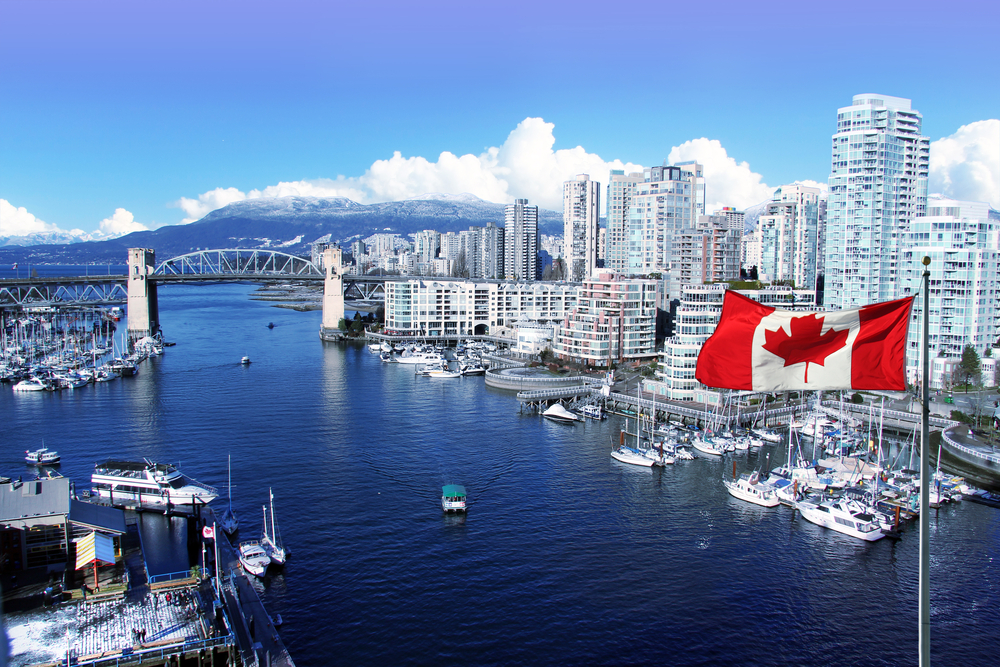
- Good: Closer proximity to Alaska means faster travel time to the sights and more time in ports of call
- Good: Most Vancouver departures sail through the Inside Passage, which is a great opportunity to see wildlife and scenery
- Bad: Requires passport for US citizens and Customs
- Bad: Sometimes more expensive flights
Anchorage (Whittier)
One-way cruises almost always either depart from or arrive into Anchorage on the north end of their trip. The only major cruise line that sails up into Anchorage itself is Holland America. The other cruise lines tend to port in the more easily boat-accessible Whittier, Alaska.
Traveling between Anchorage (the nearest major airport) and Whittier (where the boat actually leaves from) is a 45-60 minute drive. You will want to figure out private transportation options or work with the cruise company to get between the airport and your ship.
4. Top Alaskan Cruise Ports
Now it is time to look into the ports that you will be traveling to. These are the most popular Alaskan cruise ports of call:
Best Ports for Culture/History:
- Juneau
- Sitka
- Skagway
- Anchorage
Best Ports for Shopping:
- Juneau
- Anchorage
- Ketchikan
Best Ports for Adventure:
- Sitka
- Ketchikan
- Icy Strait Point
Best Ports for Wildlife:
- Sitka
- Ketchikan
- Juneau
This should help you choose ports that are going to provide what you are looking for in an Alaskan cruise.
5. Choose Scenic Cruising
Scenic cruising is one of my favorite elements of Alaska cruises. This is the prime time to spot Alaskan wildlife from the boats and enjoy the state’s jaw-dropping landscapes.
Most Alaskan cruises include at least one scenic cruising spot, but the one-way cruises tend to offer more scenic cruising (two or three is common). Here is what each area has to offer:
Hubbard Glacier: One of the largest glaciers in Alaska. It is 6 miles wide where the glacier meets the ocean and over 33 stories tall. It is a glacier the size of a city skyline, with icebergs 3-4 stories tall. Sea lions and whales are most common, with occasional sightings of bears and mountain goats. Many folks consider this the most spectacular glacier in Alaska.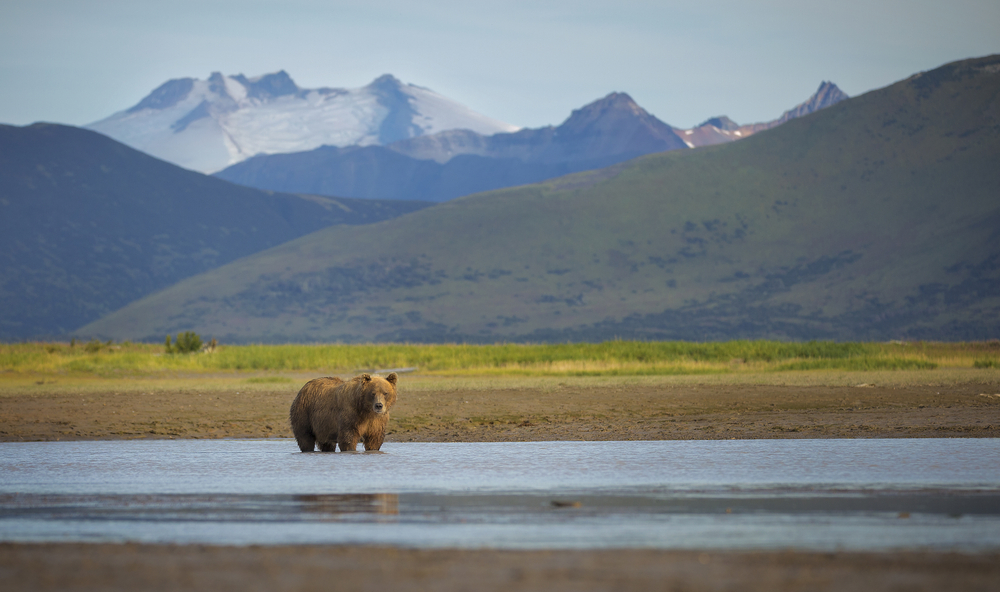
6. Choose a Time of Year
I previously wrote about this in depth. But choosing the right time of year can dramatically impact your Alaskan cruise experience far more than more people realize.
Early season (April & May): Affordable cruise prices, the best time for bird watching and solid whale watching opportunities. Most wildlife is active and visible on shore during this time.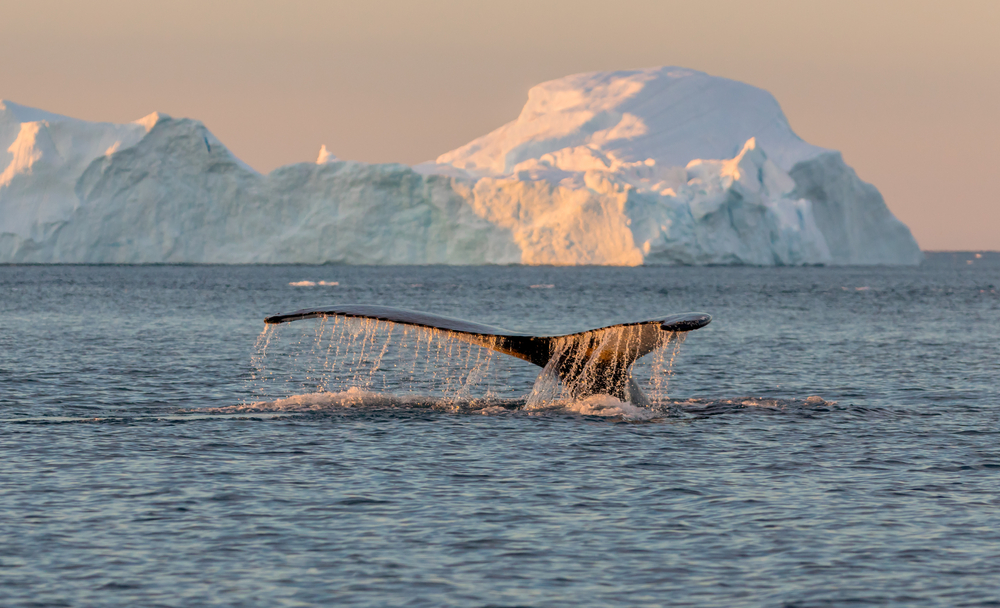
Bottom Line:
Alaska is my absolute favorite cruise destination. There are so many different things to see and experience in Alaska, so determining what you want ahead of time is important and planning your itinerary around it is essential. While choosing an Alaskan cruise can feel overwhelming, there are tons of choices that will allow you to get the perfect cruise itinerary for you if you follow our steps.
And don’t forget, the travel rewards you can earn with many of the best credit cards for travel can be used to help offset the cost of a cruise. So be sure to check out our list of the top credit cards for travel.
Do you have any other tips for a perfect Alaskan cruise? Please share them in the comments below!
For the latest tips and tricks on traveling big without spending a fortune, please subscribe to the Million Mile Secrets daily email newsletter.Editorial Note: We're the Million Mile Secrets team. And we're proud of our content, opinions and analysis, and of our reader's comments. These haven’t been reviewed, approved or endorsed by any of the airlines, hotels, or credit card issuers which we often write about. And that’s just how we like it! :)
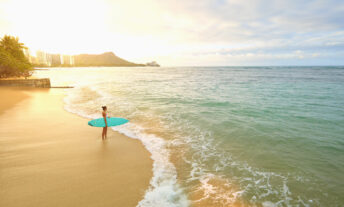
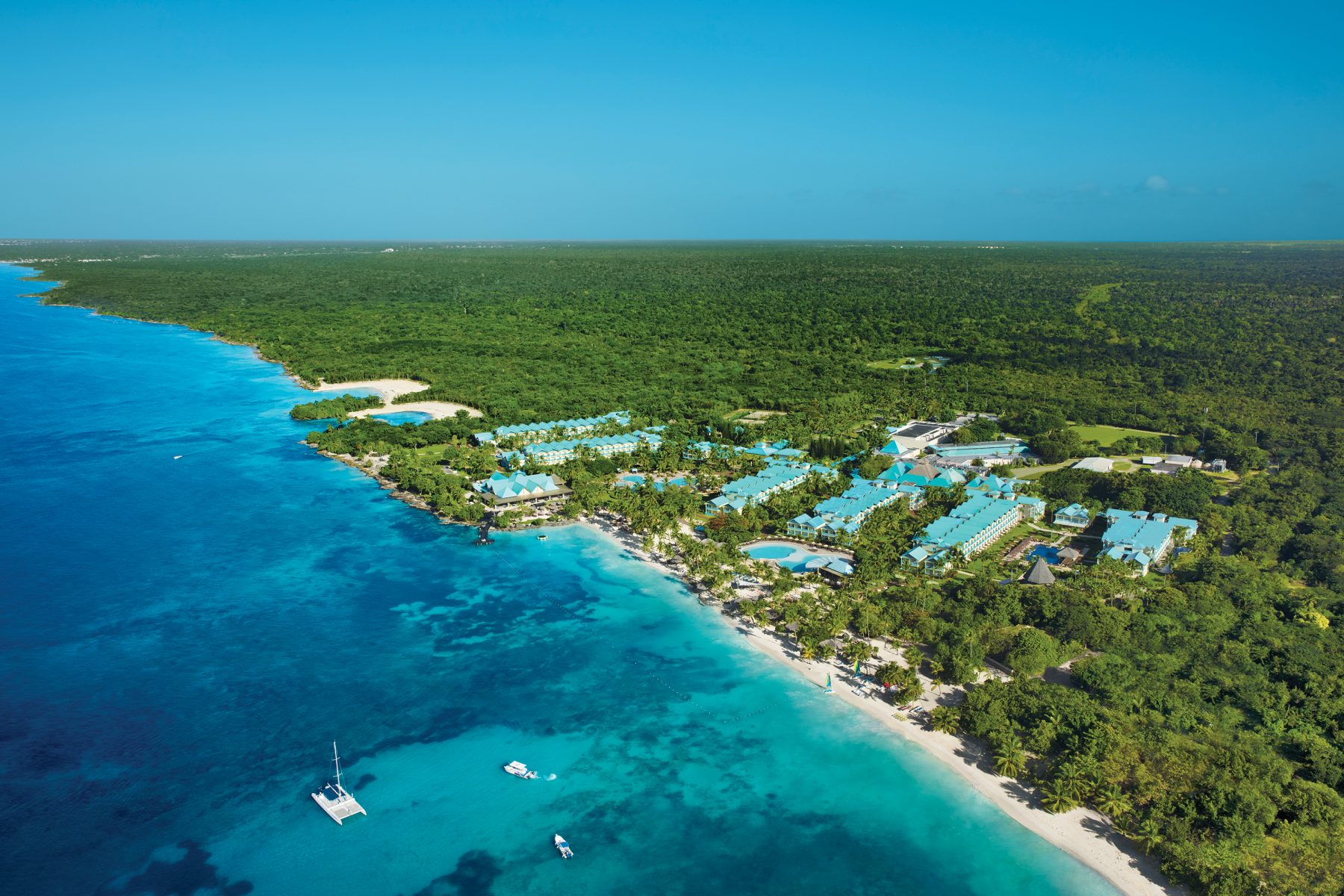
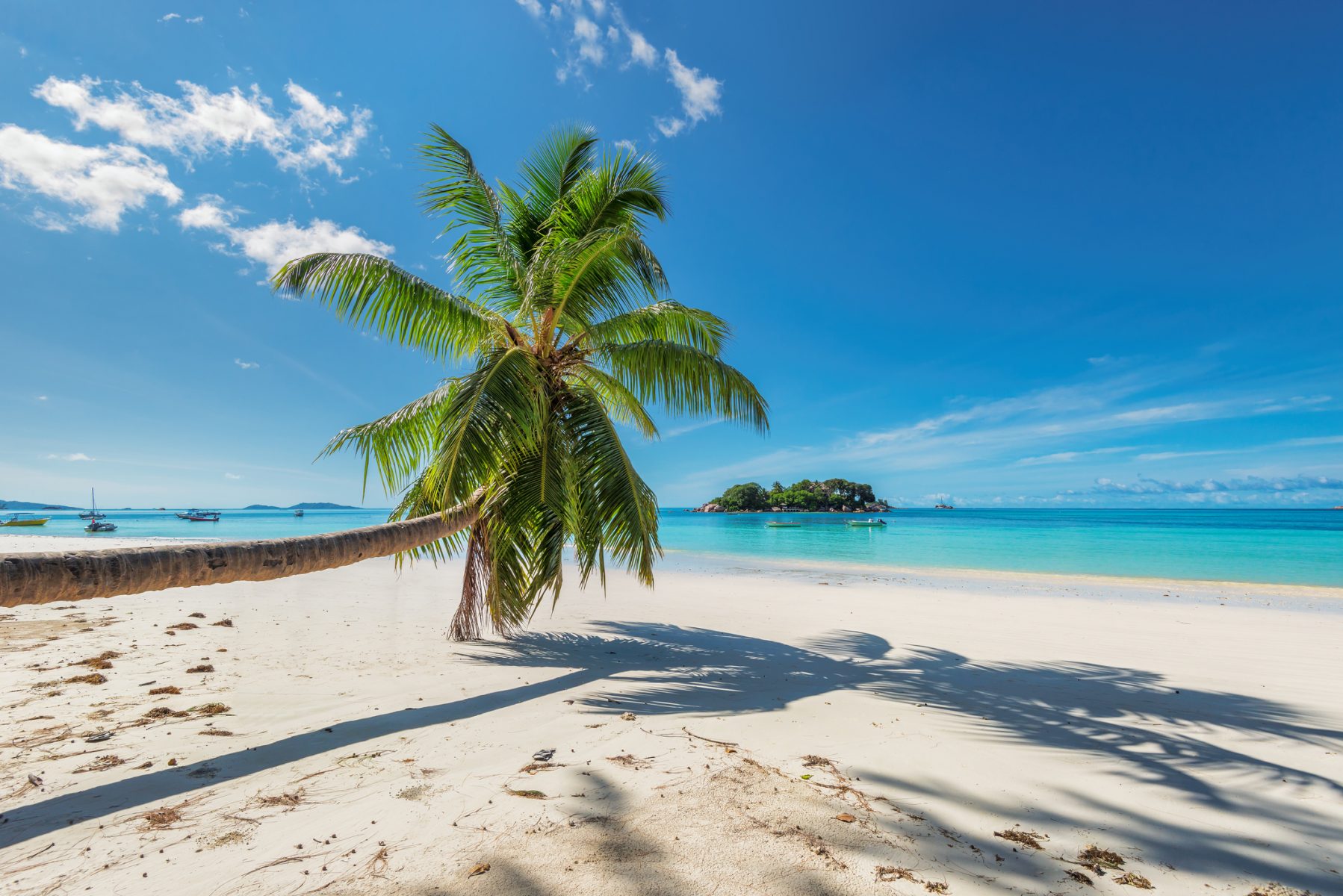


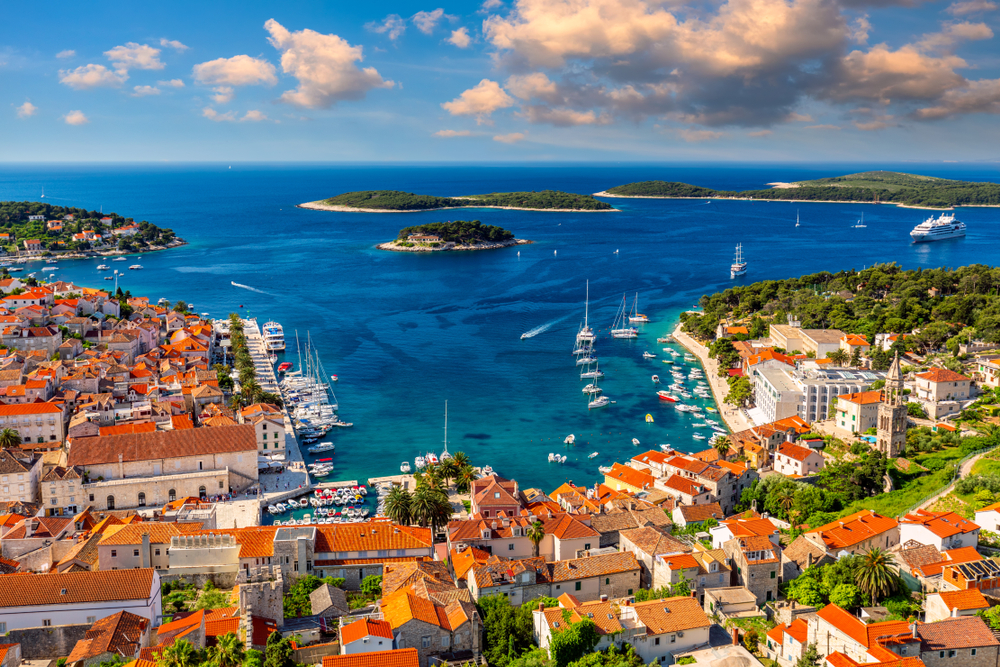
Join the Discussion!